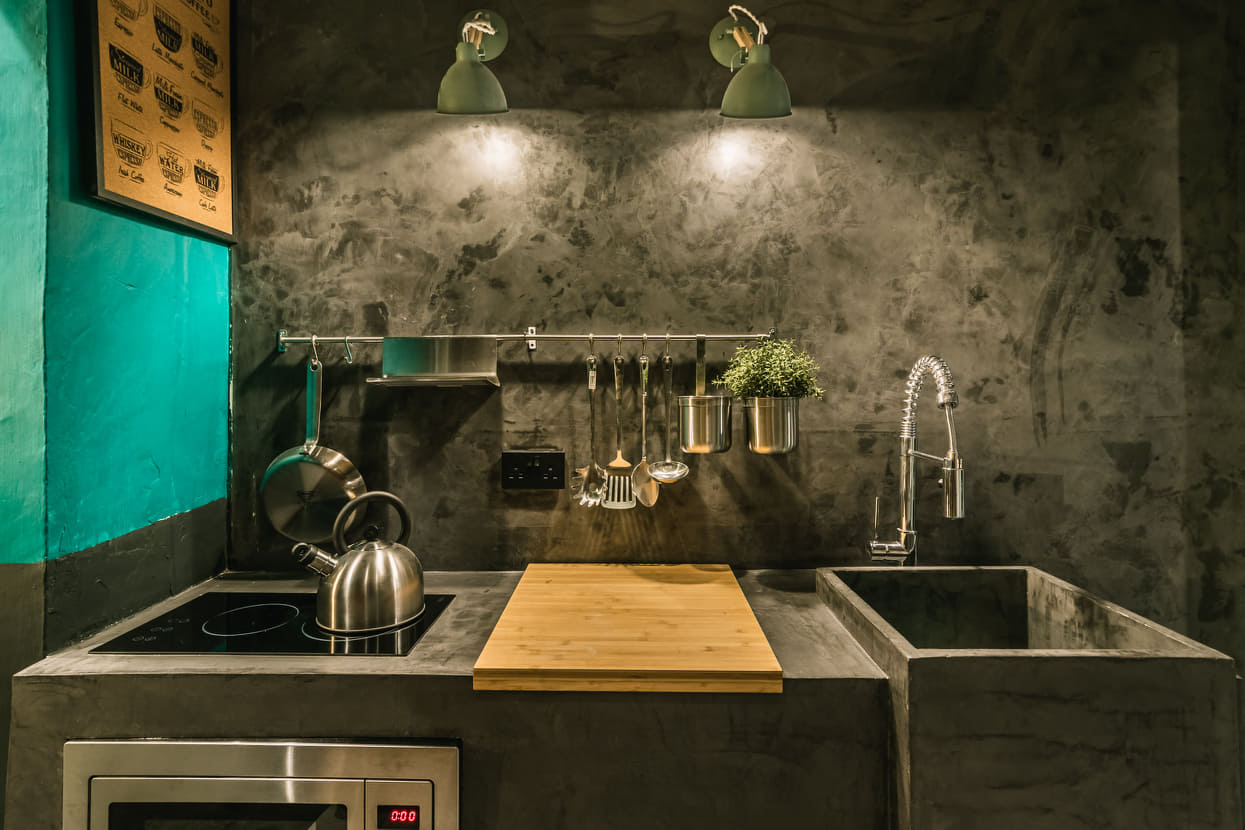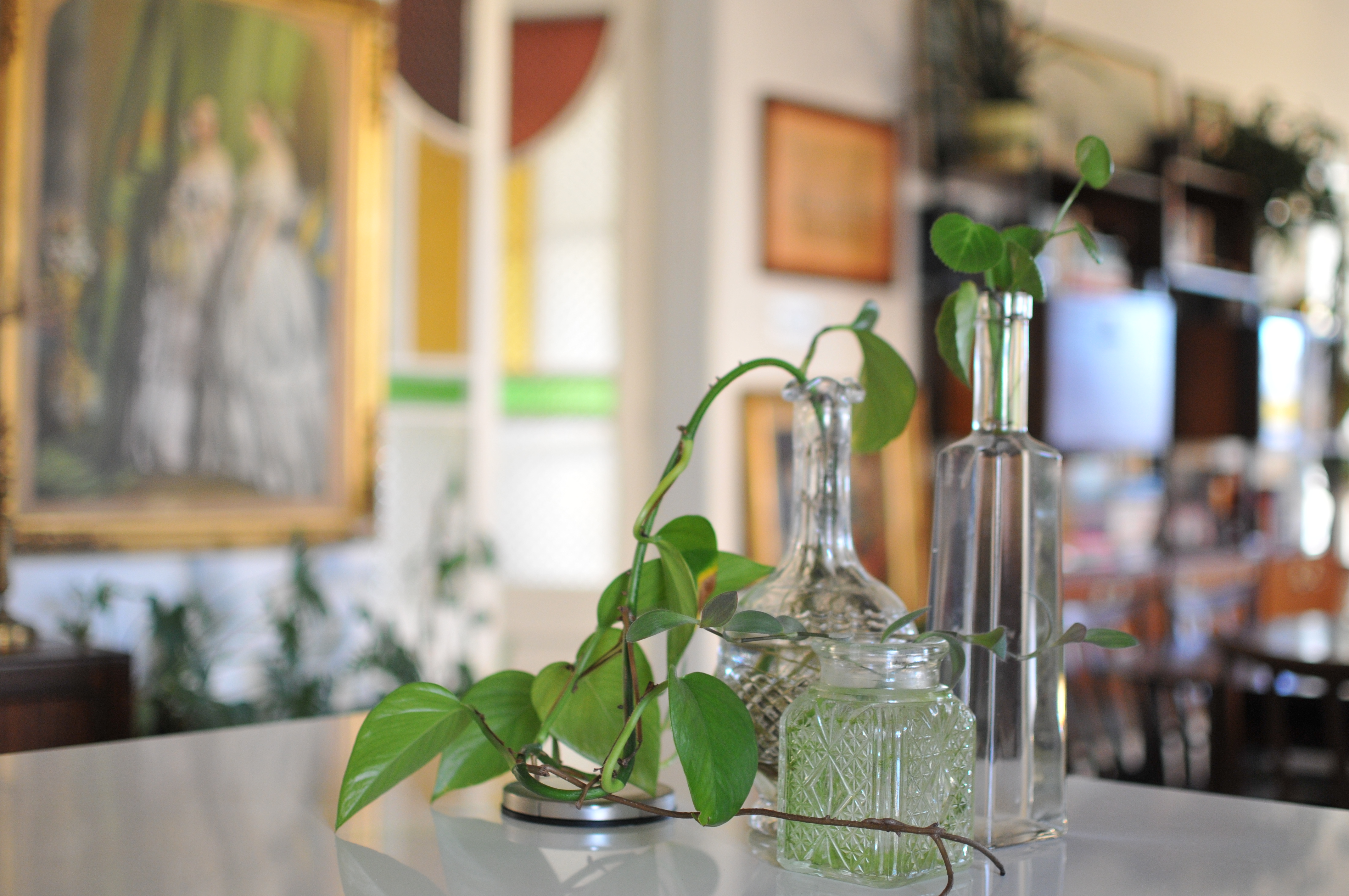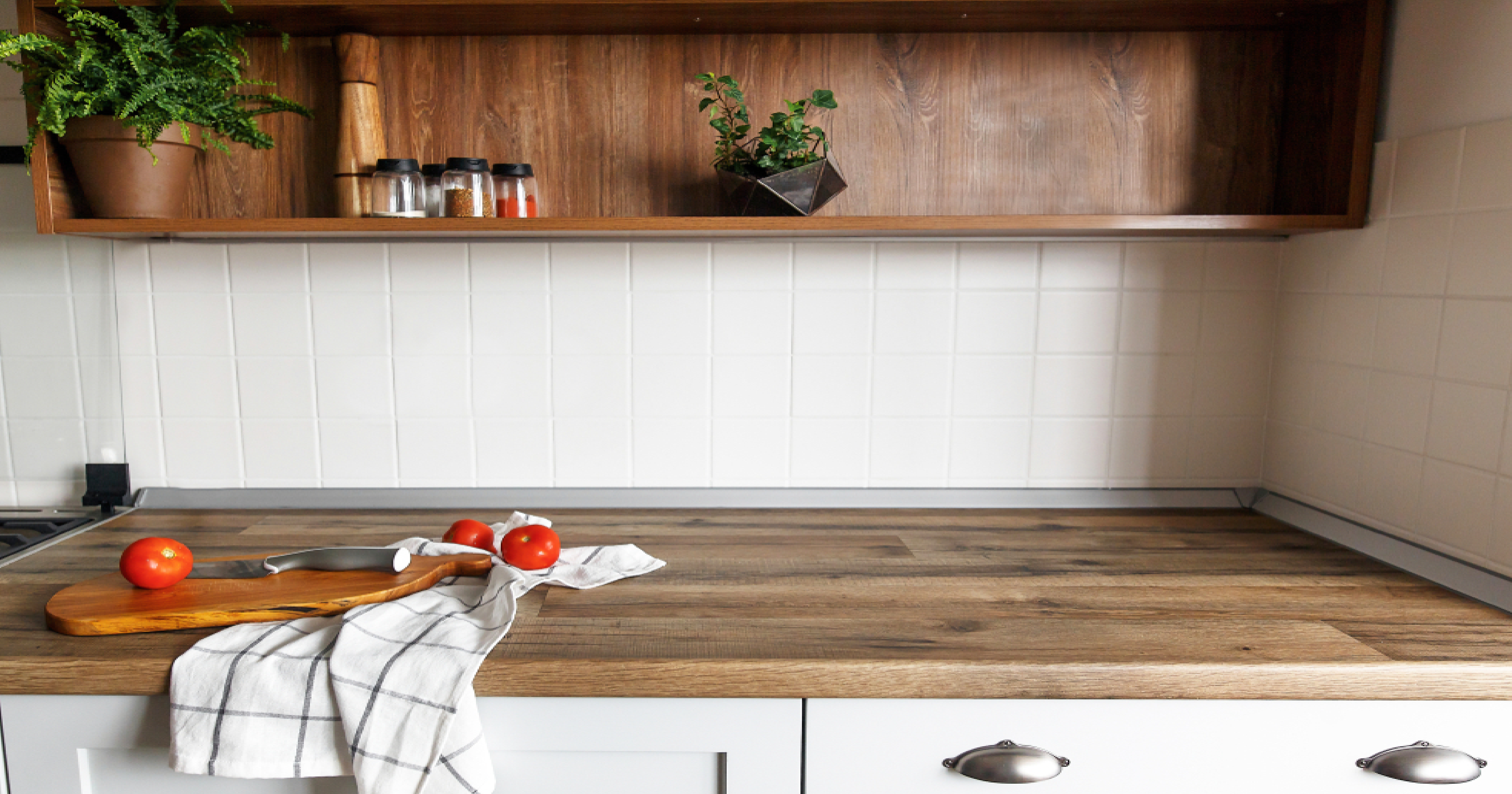[av_codeblock wrapper_element=” wrapper_element_attributes=” codeblock_type=” av_uid=’av-jsaigqjo’ custom_class=”]
[house_meta_top/]
[/av_codeblock]
[av_one_full first min_height=” vertical_alignment=” space=” custom_margin=” margin=’0px’ link=” linktarget=” link_hover=” padding=’0px’ border=” border_color=” radius=’0px’ background=’bg_color’ background_color=” background_gradient_color1=” background_gradient_color2=” background_gradient_direction=’vertical’ src=” background_position=’top left’ background_repeat=’no-repeat’ animation=” mobile_breaking=” mobile_display=” av_uid=’av-gwk9b’]
[av_textblock size=” font_color=” color=” av-medium-font-size=” av-small-font-size=” av-mini-font-size=” av_uid=’av-ju9hh9wj’ custom_class=” admin_preview_bg=”]
Considering installing some butcher block in your kitchen? A few weeks ago, a reader asked us to help her find more about Butcher’s blocks in Malta, a kind of countertop we had mentioned in a previous article we’ve written on kitchen countertop options in Malta.
We’re eager to please, so our team got to work and researched all about the butcher’s block. For this article, we focus on what makes a butcher’s block different from other options on the market, and how to maintain it.
Should you wish to find out about locals suppliers who provide Butcher’s Blocks in Malta, read on here.
[/av_textblock]
[av_tab_container position=’top_tab’ boxed=’border_tabs’ initial=’1′ av_uid=’av-k2a7dpm5′ custom_class=”]
[av_tab title=’From the Mailbox’ icon_select=’yes’ icon=’ue805′ font=’entypo-fontello’ av_uid=’av-skof’]
“Read one of your articles about kitchen countertops and you mentioned Butcher’s block. I’ve been looking for ages – I was wondering if you had any suggestions about any experienced suppliers? Specifically end grain? My biggest concern is in not using the right sealants and glues, durability and hygiene are compromised. Any help is much appreciated. Thanks in advance!”
[/av_tab]
[/av_tab_container]
[av_textblock size=” font_color=” color=” av-medium-font-size=” av-small-font-size=” av-mini-font-size=” av_uid=’av-ju9hh9wj’ custom_class=” admin_preview_bg=”]
What is a Butcher Block?
Butcher block (or butcher’s block) is a type of wood assembled from pieces of the same or different types of wood glued and pressed together. The end result is extremely durable. Previously used for factory flooring due to its strength, the added bonus of its aesthetic appeal has led to it being used as an alternative material for kitchen countertops. There’s a great environmental pro to it too, as butcher block can be made from leftover pieces of wood. No element of waste here!
There’s two terms you need to know: end grain and edge grain. End grain refers to the circular veins of the tree. If you wanted end grain butcher block, the wood would have been cut in horizontal circles, so these veins would be exposed as they’d be facing upwards. Using end grain wood is risky because those veins will absorb water, and if you’re planning on using butcher block in your kitchen, you’re going to have to be extra careful that mould doesn’t form. That’s why certain manufacturers will recommend using edge grain (also known as face grain or long grain), which would be cut vertically.
[/av_textblock]
[av_horizontal_gallery ids=’3178,3179,3180′ height=’50’ size=’large’ links=” lightbox_text=” link_dest=’_blank’ gap=’large’ active=’enlarge’ initial=” control_layout=’av-control-default’ id=” av_uid=’av-k20haqux’ custom_class=”][/av_horizontal_gallery]
[av_textblock size=” font_color=” color=” av-medium-font-size=” av-small-font-size=” av-mini-font-size=” av_uid=’av-ju9hh9wj’ custom_class=” admin_preview_bg=”]
7 Tips on Caring for your Butcher Block
Wood is a living material and hygroscopic – which means it soaks up moisture in a moist environment and dries out in a dry one. When wood is exposed to these extremes, it begins to warp. End grain can be the most problematic since it absorbs the most moisture, and so the grain is most likely to warp. So how do we prevent this from happening in such conditions? And can we fix our block if we’re too late to protect it?
1. Oil your butcher block
Did your supplier tell you that one of the key methods to keep your block at its finest is to oil it regularly? Straight out of the factory, your block is covered in a layer of protective oil which keeps water out and gives it that shiny finish. This layer can get thinner over time and with many washes, so be sure to oil the wood:
- once a day for the first week
- once a week for a month
- and once a month forever!
For end grain blocks, rub it with an even layer of mineral oil after washing it. Make sure you use nothing but mineral, as other oils – such as olive or cooking oil – can leave an unpleasant odour.
2. Oil and sand to alleviate knife marks
After a long period of time, you may start to notice some knife marks on your butcher block. Not to worry! The knife marks won’t affect its overall appearance and durability, and they can be reduced if the board is oiled regularly. However, you can bring your block back to life by sanding it.
Sanding end grain butcher block is harder than other types, such as edge grain. We recommend picking up a palm sander along with a small pack of sanding disks – they’re very easy to use!
3. Make sure your block has room to ‘breathe’
If you’re thinking of installing butcher block as a countertop, you should make sure that there is space between the wood and any underlying surface. Never place butcher block directly on another surface – this may cause warping in the future because the wood needs to be exposed to air from all sides.
4. Wash a butcher block carefully
Prevent damage to your cutting board by never completely soaking it in water (or putting it in the dishwasher). This will lead to warping and cracking. Wood is quite amazing – it will naturally kill all the food-borne bacteria that makes us sick. But, if we still want to clean it off from any possible contamination, try a weak bleach solution or hydrogen peroxide after using your cutting board instead of the dishwasher.
5.Fix splits in your wood with a filler
Splits occur for many different reasons. If you happen to notice one on your countertop or cutting board, fill the gap in with a matching coloured wood filler as soon as possible. Once you’ve done this, sand the wood smooth and cover it with a new layer of oil.
6. Stain End Grain wood with a gel
The most efficient way to stain end grain wood is to use a thicker gel stain. The problem with end grain wood is that its open pores sucks up a lot of liquid and the result can sometimes be not the one we desire. Because a gel stain is thick, it won’t penetrate heavily into the wood.
Note: Not all gel stains have the same consistency. For best results on end grain, thicker is better.
7. End Grain Blotchiness with a conditioner
To prevent uneasy blotchiness on your end grain, its best to cover the wood with a wood conditioner before applying your stain. You can usually find wood conditioners where you buy your stain from.
[/av_textblock]
[/av_one_full][av_textblock size=” font_color=” color=” av-medium-font-size=” av-small-font-size=” av-mini-font-size=” av_uid=’av-k2a7shpz’ custom_class=” admin_preview_bg=”]
Our team at House.mt is always on the look-out for spaces, places, and things that are being built up, torn down, modernised, restored, or re-purposed – be it by a big team or a one-man(or woman)-army.
DO YOU HAVE A STORY, A PERSON, OR A PLACE IN MIND?
Send us a message on our Facebook page or via email, [email protected].
[/av_textblock]
[av_codeblock wrapper_element=” wrapper_element_attributes=” codeblock_type=” av_uid=’av-jsaih9mk’ custom_class=”]
[house_meta_bottom]
[/av_codeblock]














